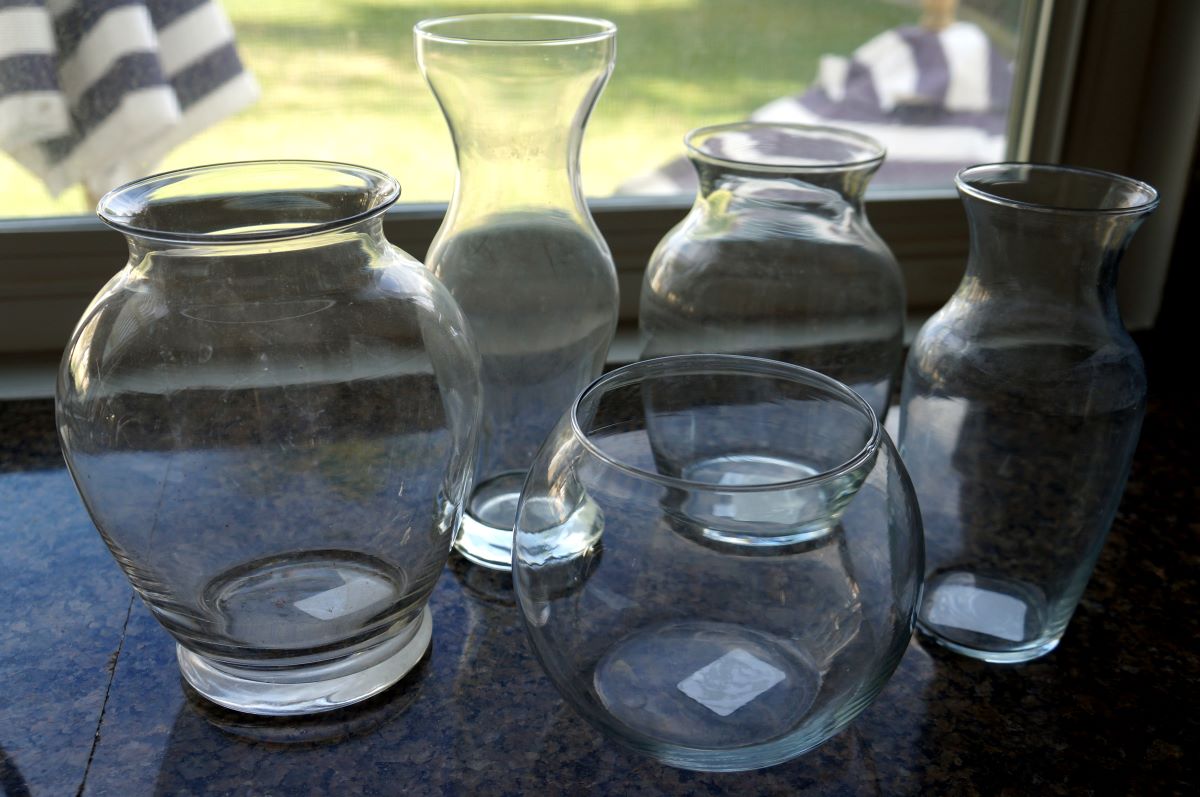

Articles
How To Store Glass Vases
Modified: August 17, 2024
Learn how to properly store glass vases and keep them safe for future use. Discover helpful articles and tips for preserving your vases.
(Many of the links in this article redirect to a specific reviewed product. Your purchase of these products through affiliate links helps to generate commission for Storables.com, at no extra cost. Learn more)
Introduction
Glass vases are beautiful and delicate pieces that require proper storage to maintain their pristine condition. Whether you have a collection of antique vases or a few cherished pieces from special occasions, knowing how to store them correctly is essential to ensure their longevity. By following a few simple steps, you can keep your glass vases safe from damage and ready for use or display whenever you need them.
In this article, we will guide you through the process of storing glass vases effectively. From choosing the right storage location to cleaning, packing, and organizing the vases, we’ll cover all the necessary steps to keep your vases in optimal condition. So, let’s get started and ensure that your glass vases remain beautiful for years to come.
Key Takeaways:
- Proper storage of glass vases involves choosing a suitable location, cleaning them thoroughly, using protective packing materials, and organizing them systematically. Regular checks ensure their longevity and preservation.
- Storing glass vases in a cool, dry environment away from direct sunlight is crucial. Labeling and categorizing them for easy retrieval, along with periodic inspections, help maintain their beauty and functionality for years to come.
Read more: How To Paint Glass Vases
Step 1: Choosing an appropriate storage location
When it comes to storing glass vases, the first step is to find a suitable location that offers the right environmental conditions. Ideally, you should select a space that is cool, dry, and away from direct sunlight. Exposure to sunlight can cause the glass to fade or even crack over time.
Consider choosing a storage area that is not prone to extreme temperature fluctuations. Fluctuating temperatures can lead to condensation inside the vases, which could result in mold or mildew growth. Avoid areas that are subject to excessive humidity, such as basements or attics, as it can also promote the growth of mold or cause the vases to become damp.
If possible, opt for an indoor storage space, such as a closet or a dedicated cabinet, to provide additional protection from dust, debris, and potential accidents. Ensure that the storage location is free from pests, as insects or rodents can cause damage to the vases.
Additionally, consider the size and shape of your glass vases when selecting a storage location. If you have vases of varying sizes, choose a space with enough room to accommodate them without overcrowding. This will help prevent any accidental bumps or knocks that could lead to breakage.
By taking the time to choose an appropriate storage location, you can create an environment that will help preserve the integrity of your glass vases and keep them safe from potential harm.
Step 2: Cleaning the glass vases before storage
Before you pack your glass vases for storage, it’s important to ensure that they are clean and free from any dirt, dust, or residue. Cleaning the vases will not only help maintain their appearance but also prevent any potential damage or staining.
Start by filling a sink or basin with warm water. Add a small amount of mild dish soap and mix it well to create a soapy solution. Gently place the glass vases into the sink and let them soak for a few minutes. If your vases have stubborn stains or residue, you can use a soft sponge or cloth to gently scrub the surface.
Once the vases have been thoroughly cleaned, rinse them with clean water to remove any soap residue. Be sure to rinse both the inside and outside of the vases carefully. If needed, you can use a clean microfiber cloth to dry the vases and ensure that no water spots are left behind.
It’s important to note that some glass vases may have intricate designs or delicate decorations. In such cases, it’s best to avoid using harsh chemicals or abrasive cleaning tools, as they can potentially damage the surface of the vases. If you’re unsure about how to clean a particular vase, it’s always a good idea to consult with a professional or follow any manufacturer’s guidelines.
Allow the vases to air dry completely before moving on to the next step. This will help prevent any moisture from being trapped inside the vases during storage, which can lead to mold or mildew growth.
By taking the time to clean your glass vases before storage, you ensure that they are in their best condition and ready to be safely packed away.
Step 3: Protecting the glass vases with packing materials
Once your glass vases are clean and dry, it’s time to protect them with appropriate packing materials. This step is crucial to prevent any potential damage that may occur during storage, especially if the vases are stacked or packed closely together.
Start by choosing soft packing materials, such as bubble wrap or foam sheets, that provide cushioning and protection. Wrap each glass vase individually with a layer of bubble wrap or foam, ensuring that all surfaces are covered. Secure the wrapping with tape to keep it in place.
If you have vases with long or delicate necks, consider using additional padding, such as crumpled paper or soft fabric, to support and stabilize them. This will help prevent any stress or pressure on the neck area, reducing the risk of breakage.
For added protection, you can also place the individually wrapped vases in sturdy cardboard boxes or plastic containers. Make sure to choose containers that are appropriate in size and have secure lids or closures to keep out dust and debris.
When packing the vases in the containers, use packing materials, such as packing peanuts or crumpled paper, to fill any empty spaces and provide additional support. This will help prevent the vases from shifting or rubbing against each other, minimizing the risk of scratches or breakage.
Label the containers with the contents, such as “glass vases” or “fragile items,” to easily identify them during storage. This will help you locate specific vases without having to open all the containers.
Remember to handle the packed containers with care and avoid stacking heavy items on top of them. Store them in an upright position to minimize the risk of any damage or pressure being applied to the vases.
By taking the necessary precautions and using proper packing materials, you can ensure that your glass vases are well-protected and will remain safe and intact during storage.
Step 4: Organizing the glass vases in storage containers
Once your glass vases are securely packed, it’s time to organize them in the storage containers. Proper organization will not only make retrieval easier but also help prevent any accidental damage that may occur when rummaging through the containers.
Start by arranging the containers in a way that maximizes their stability and accessibility. Place larger and heavier vases at the bottom to provide a stable base for the other containers. Then, arrange the containers in a neat and organized manner, leaving enough space between them for easy access.
If you have vases of different sizes, it’s best to group them together based on their dimensions. This will help you find specific vases more easily when needed. Consider using dividers or separators to create sections within the containers, especially if you have multiple vases of similar sizes. This will prevent them from knocking into each other and minimize the risk of breakage.
You can also consider arranging the vases based on their fragility or value. Place the most delicate or valuable vases in a separate container or in a designated area within a container to ensure extra protection. This way, you can handle the other vases with less concern, knowing that the more fragile ones are adequately safeguarded.
Leave enough space at the top of each container to add an additional layer of padding, such as foam sheets or bubble wrap, before closing the lid. This extra layer of protection will help cushion the vases from any potential impact or pressure that may occur during storage.
Ensure that the lids or closures of the storage containers are securely fastened to keep out dust, moisture, and pests. If needed, you can use additional packaging tape or straps to reinforce the closure and provide added security.
Finally, if you have a large collection of glass vases, consider creating an inventory list or taking photographs of each vase before storing them. This will help you keep track of your collection and serve as a reference for future use or display.
By organizing your glass vases in a systematic and thoughtful manner, you can ensure easy access and minimize the risk of any accidental damage during storage.
To store glass vases, wrap each vase individually in bubble wrap or packing paper to prevent scratches and breakage. Store them in a sturdy box with dividers to keep them upright and secure.
Read more: How To Clean A Glass Vase
Step 5: Labeling and categorizing the glass vases for easy retrieval
Labeling and categorizing your glass vases is an important step in the storage process to ensure easy retrieval when you need a specific vase. By implementing a simple labeling system, you can save time and prevent unnecessary handling or disturbance of the other vases.
Start by assigning a unique identifying label or number to each container that houses your glass vases. This can be as simple as using adhesive labels or marker pens to write the container number or name on the outside of the container. Alternatively, you can create a detailed inventory list that includes container numbers and corresponding vase descriptions.
Next, consider categorizing the vases based on their characteristics or intended use. For example, you can categorize them by size, shape, color, or even by the occasion they were used for. This will help you easily locate a specific type of vase when you need it.
Depending on the extent of your collection, you can assign color-coded labels or tags to each vase or container to signify its category. This visual cue will make it even easier to identify the desired vase at a glance.
If you have a particularly large collection or specialized vases, consider creating a detailed catalog or database that includes photographs, descriptions, and categorization information. This digital or printed catalog will serve as a comprehensive reference point for your vases and make retrieval even more efficient.
Remember to update the labels or catalog whenever you add or remove vases from storage. This will help you maintain an accurate inventory and ensure that the information you have is up-to-date.
By labeling and categorizing your glass vases, you can streamline the retrieval process and easily find the exact vase you need without unnecessary searching or handling of unrelated vases.
Step 6: Storing the glass vases in a cool and dry environment
After organizing and categorizing your glass vases, it is important to store them in a suitable environment that will help preserve their condition. The ideal storage conditions for glass vases are cool and dry, as moisture and extreme temperatures can cause damage over time.
Choose a storage location that maintains a consistent temperature, avoiding areas that are prone to extreme heat or cold fluctuations. Excessive temperature changes can cause the glass vases to expand and contract, increasing the risk of cracks or breakage.
Avoid storing the vases in places that are exposed to direct sunlight for prolonged periods. Sunlight can fade the colors of the vases and potentially cause thermal stress, especially if the vases have been painted or have intricate patterns.
Moisture is a common enemy of glass vases, as it can lead to mold, mildew, and water damage. Ensure the storage area is dry and free from high humidity levels. Basements and attics, which tend to have higher humidity, are not ideal for storing glass vases.
If you live in a humid climate or have a basement prone to dampness, consider using dehumidifiers or silica gel packs in the storage area. These can help absorb excess moisture and maintain a dry environment, reducing the risk of damage to the vases.
When storing the vases, keep them on sturdy shelves or racks that can support their weight. Avoid stacking the vases directly on top of each other, as the pressure and weight can lead to breakage. If stacking is necessary, place a layer of padding or foam between the vases to provide additional cushioning and prevent scratches.
Remember to periodically check the storage area for any signs of moisture, pests, or other environmental factors that could potentially harm the vases. Regular maintenance and inspections will help you catch and address any issues before they cause significant damage.
By storing your glass vases in a cool and dry environment, you can ensure their long-term preservation and enjoy their beauty for years to come.
Step 7: Checking the stored glass vases periodically
Even though you have taken all the necessary precautions to store your glass vases properly, it is still important to check on them periodically to ensure their continued safety and condition. Regular inspections will allow you to identify and address any potential issues before they escalate and cause irreparable damage.
Set a schedule to inspect your stored glass vases at least once every few months, depending on the storage conditions and the fragility of the vases. During these inspections, carefully examine each vase for any signs of damage, such as cracks, chips, or discoloration.
If you notice any damage, promptly remove the affected vase from storage and assess whether it can be repaired or requires professional attention. It is crucial to separate damaged vases from the rest to prevent any potential damage from spreading or causing harm to nearby vases.
Additionally, check for any signs of moisture, mold, or pests in the storage area. Look for condensation on the vases, particularly on the inside, as this may indicate a humidity issue. If you detect any mold or mildew growth, treat it immediately to prevent further damage to the vases.
Inspect the packing materials as well to ensure that they are intact and providing adequate cushioning. If you find any signs of wear or deterioration, consider replacing the wrapping or adding extra padding to maintain optimal protection for the vases.
During these inspections, take the opportunity to rearrange or reorganize the containers if needed. This will allow you to optimize the storage space and ensure that the vases are properly aligned and secure.
Finally, update your inventory or catalog as you conduct these periodic checks. Noting any changes or issues with specific vases will provide a comprehensive record of the condition and maintenance history of your glass vases.
By regularly checking your stored glass vases, you can catch any potential problems early on and take appropriate action, ensuring the long-term preservation and enjoyment of your valuable collection.
Conclusion
Storing glass vases properly is essential for preserving their beauty and ensuring their longevity. By following the steps outlined in this article, you can protect your glass vases from damage and keep them in optimal condition for years to come.
Choosing an appropriate storage location is the first step, ensuring that it is cool, dry, and away from direct sunlight. Cleaning the vases thoroughly before storage helps remove dirt and residue that can lead to staining or damage.
Protecting the vases with proper packing materials, such as bubble wrap or foam, provides cushioning and prevents knocking or rubbing during storage. Organizing the vases in storage containers and labeling them accordingly ensures easy retrieval without the risk of accidental breakage.
Storing the vases in a cool and dry environment helps prevent moisture damage and excessive temperature fluctuations. Regularly checking the stored vases allows you to identify any issues early on, such as damage or signs of mold or pests.
By implementing these steps and taking care of your glass vases, you can maintain their beauty and functionality for years to come. Proper storage not only protects your vases but also preserves their value, whether they are cherished family heirlooms or unique pieces acquired over time.
Remember to handle the vases with care throughout the storage process and always follow any specific instructions or recommendations provided by manufacturers or professionals. With a little effort and attention, you can ensure that your glass vases remain a source of joy and admiration for generations to come.
Now that you've got the knack for securing glass vases, why not spruce up those same shelves with eye-catching decor? Dive into our next feature, where we unravel the secrets of stylish dining and living spaces. You’ll learn all about creating stunning visual focal points that draw the eye and complement any room's ambiance. Perfect for anyone looking to elevate their home aesthetics effortlessly!
Frequently Asked Questions about How To Store Glass Vases
Was this page helpful?
At Storables.com, we guarantee accurate and reliable information. Our content, validated by Expert Board Contributors, is crafted following stringent Editorial Policies. We're committed to providing you with well-researched, expert-backed insights for all your informational needs.
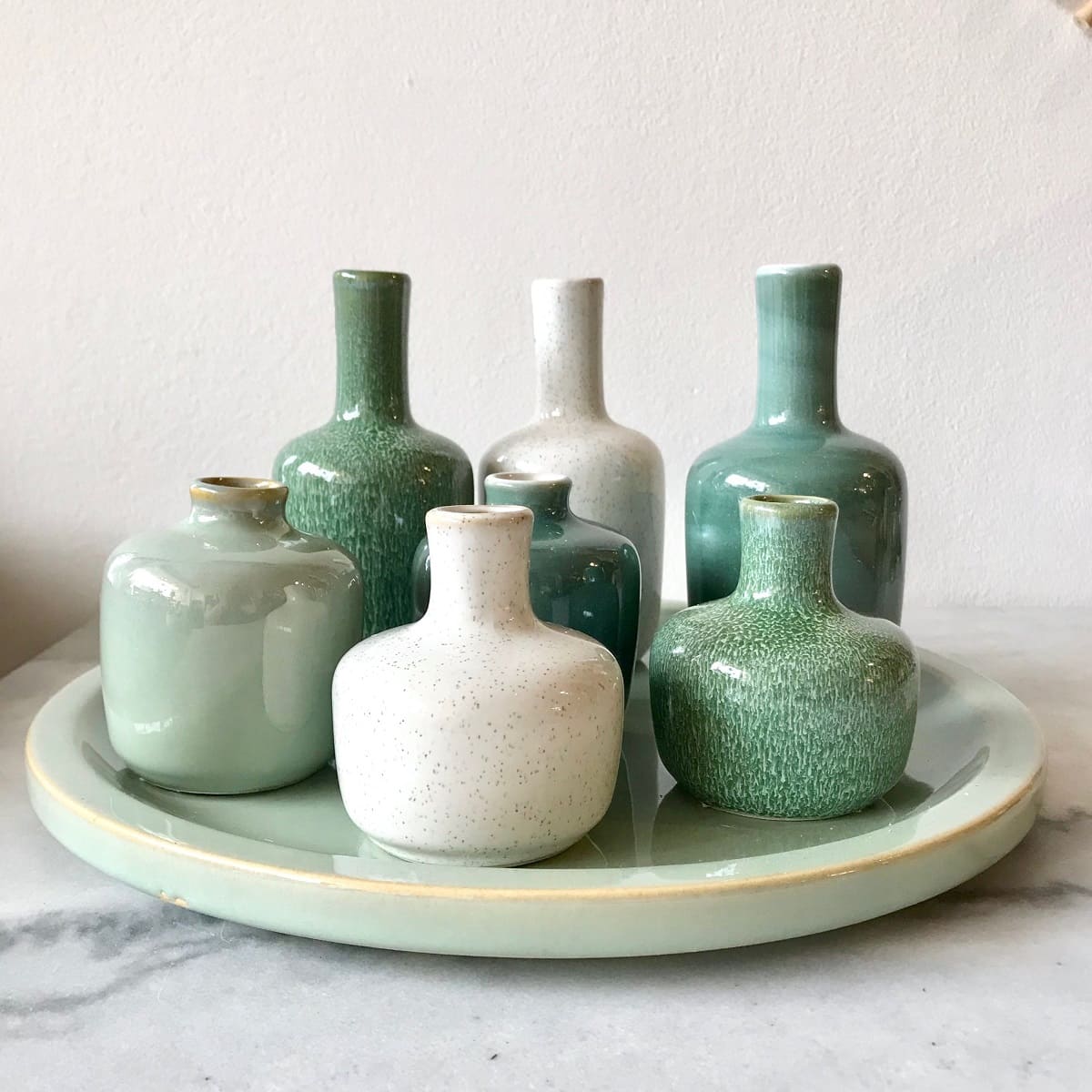
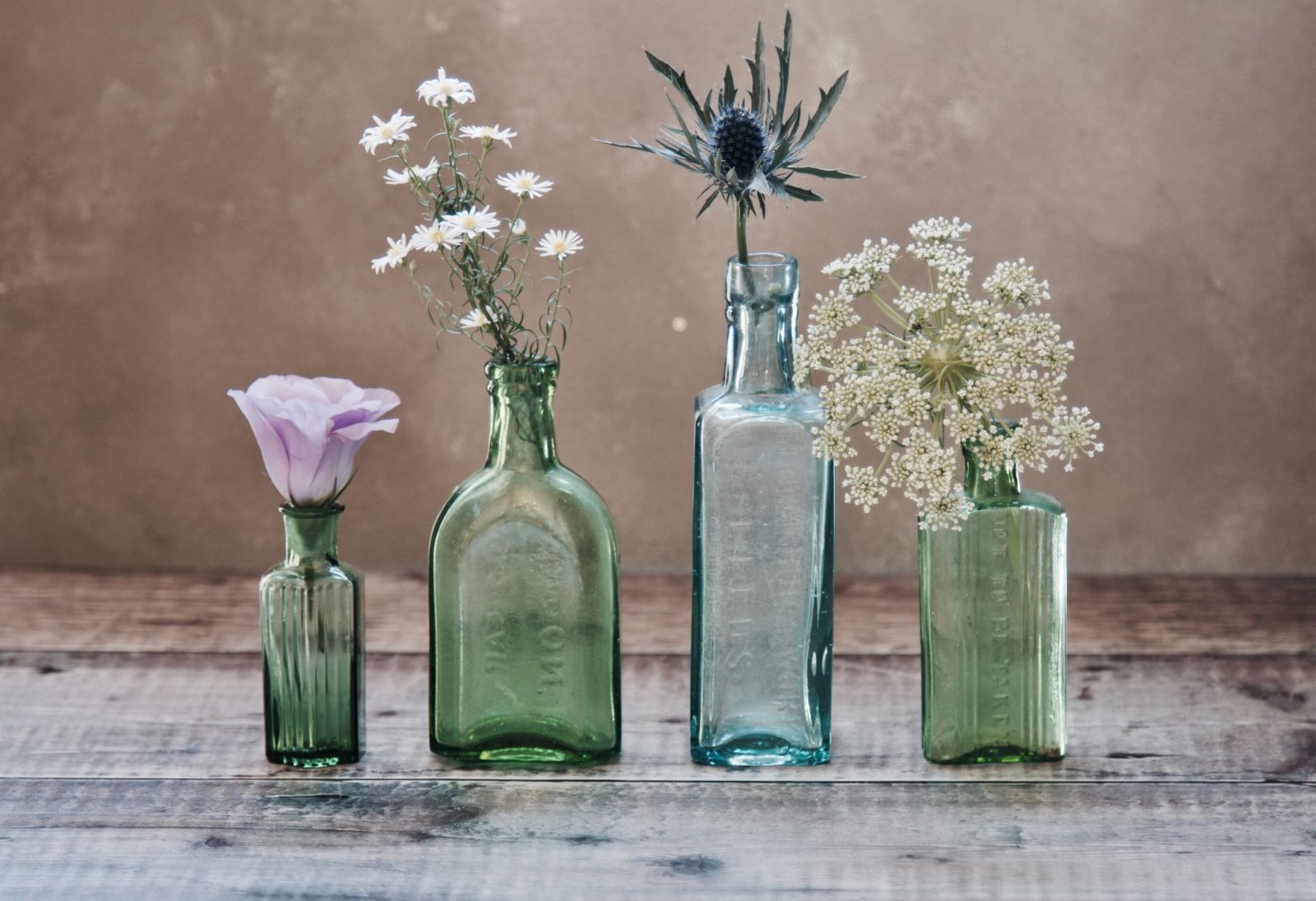

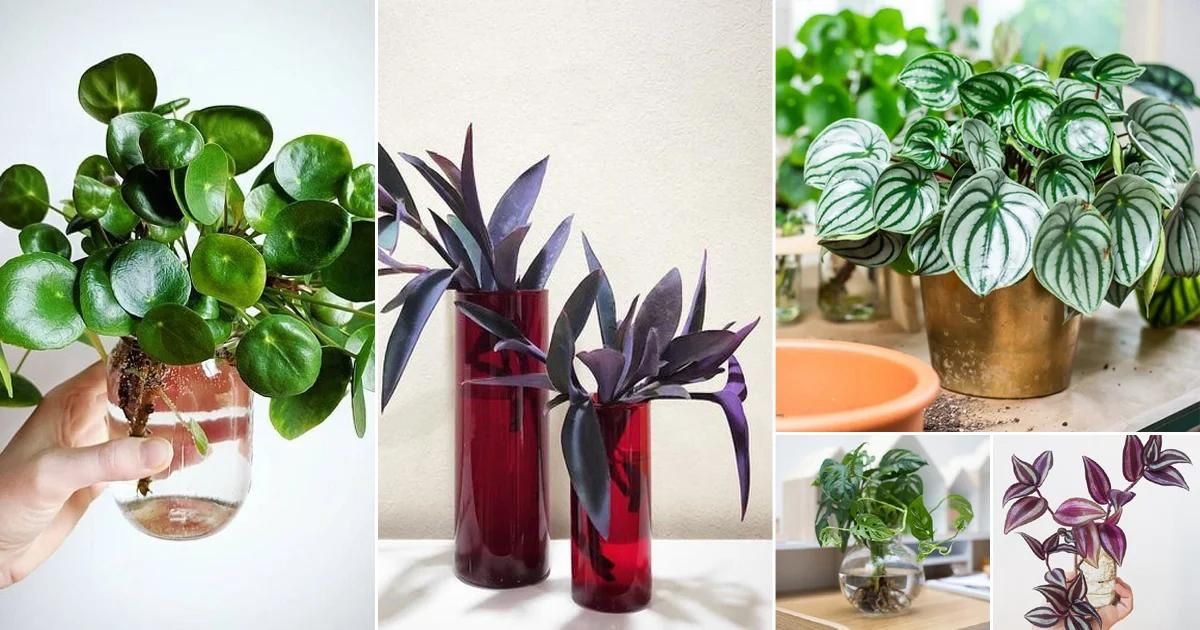
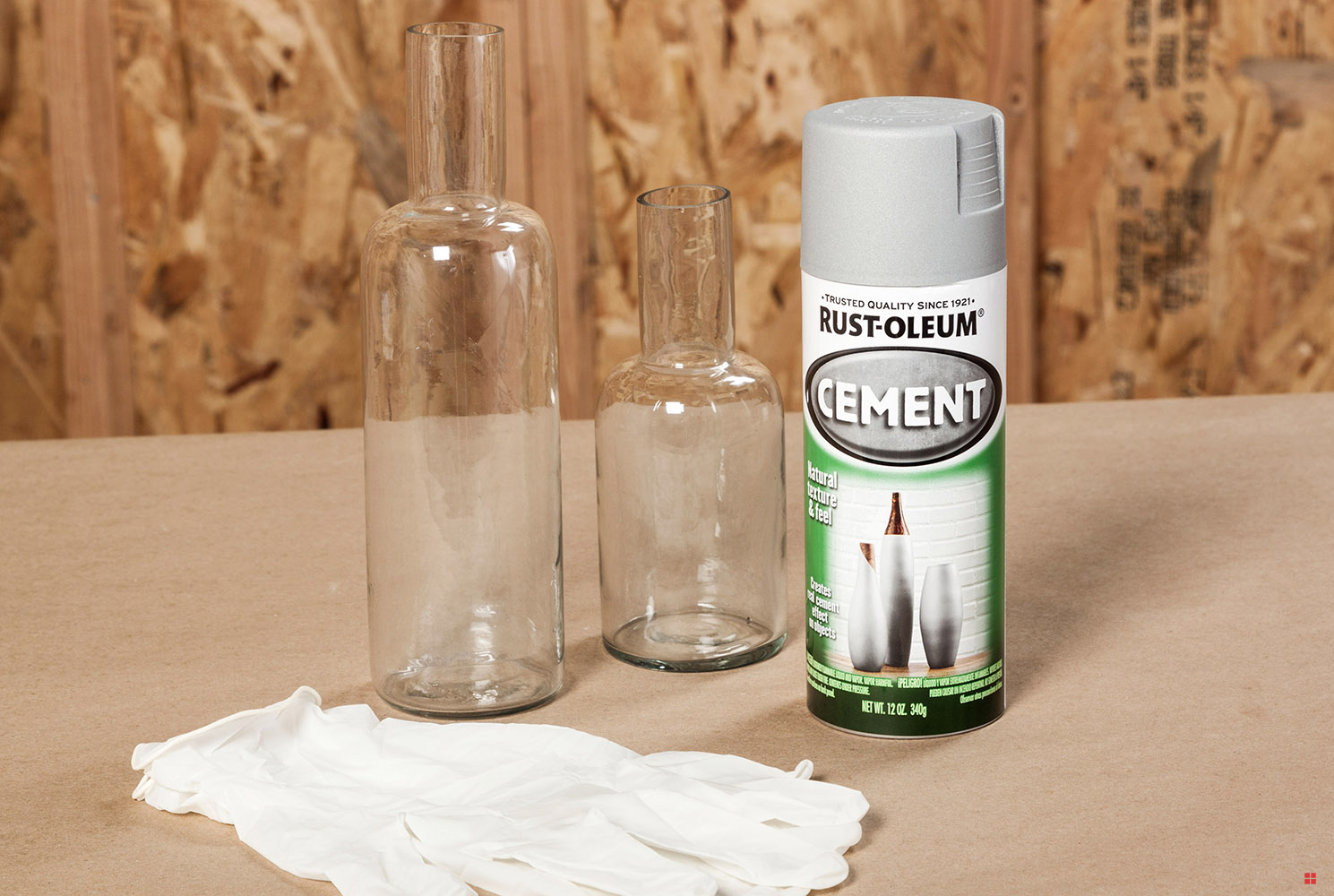
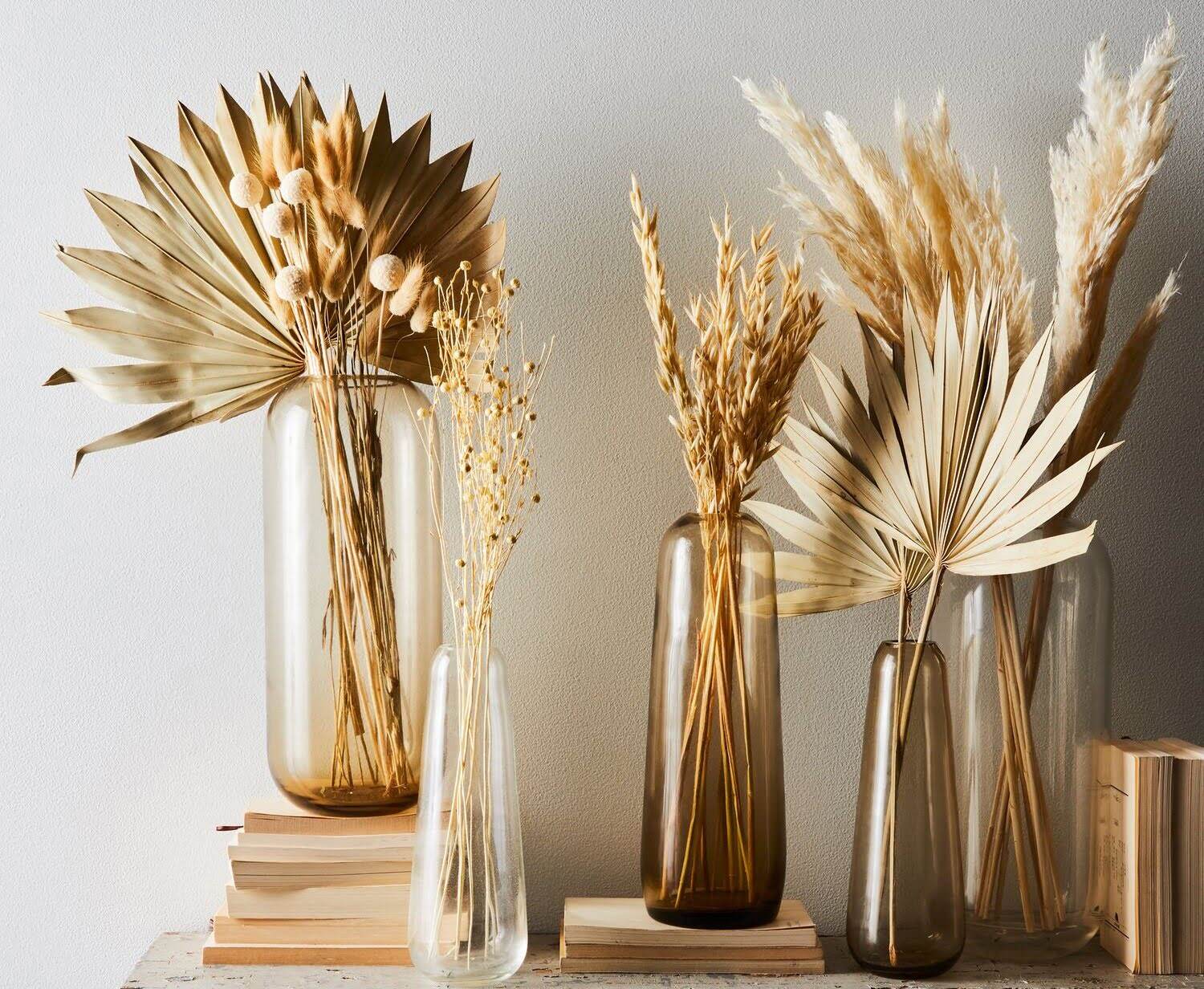
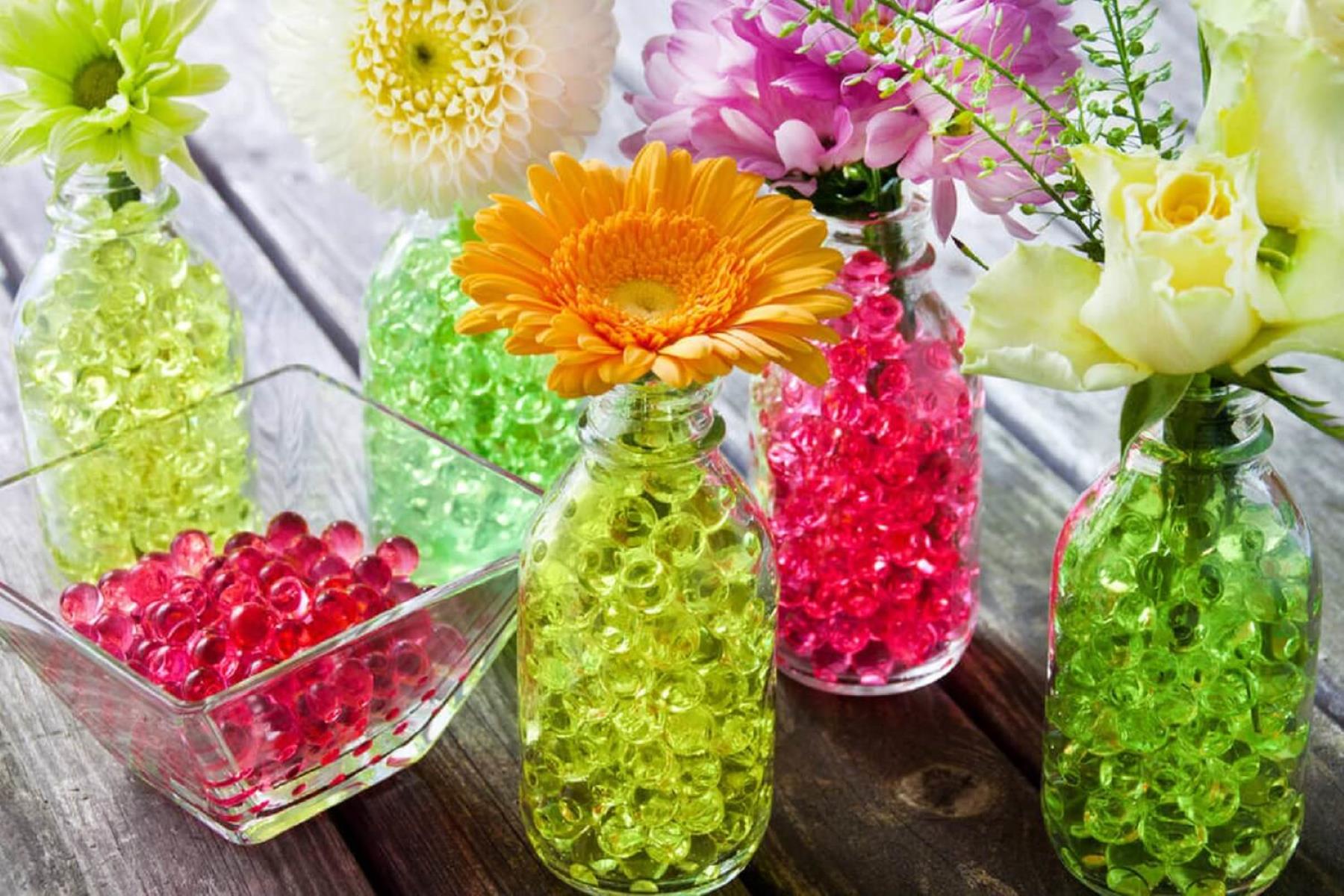
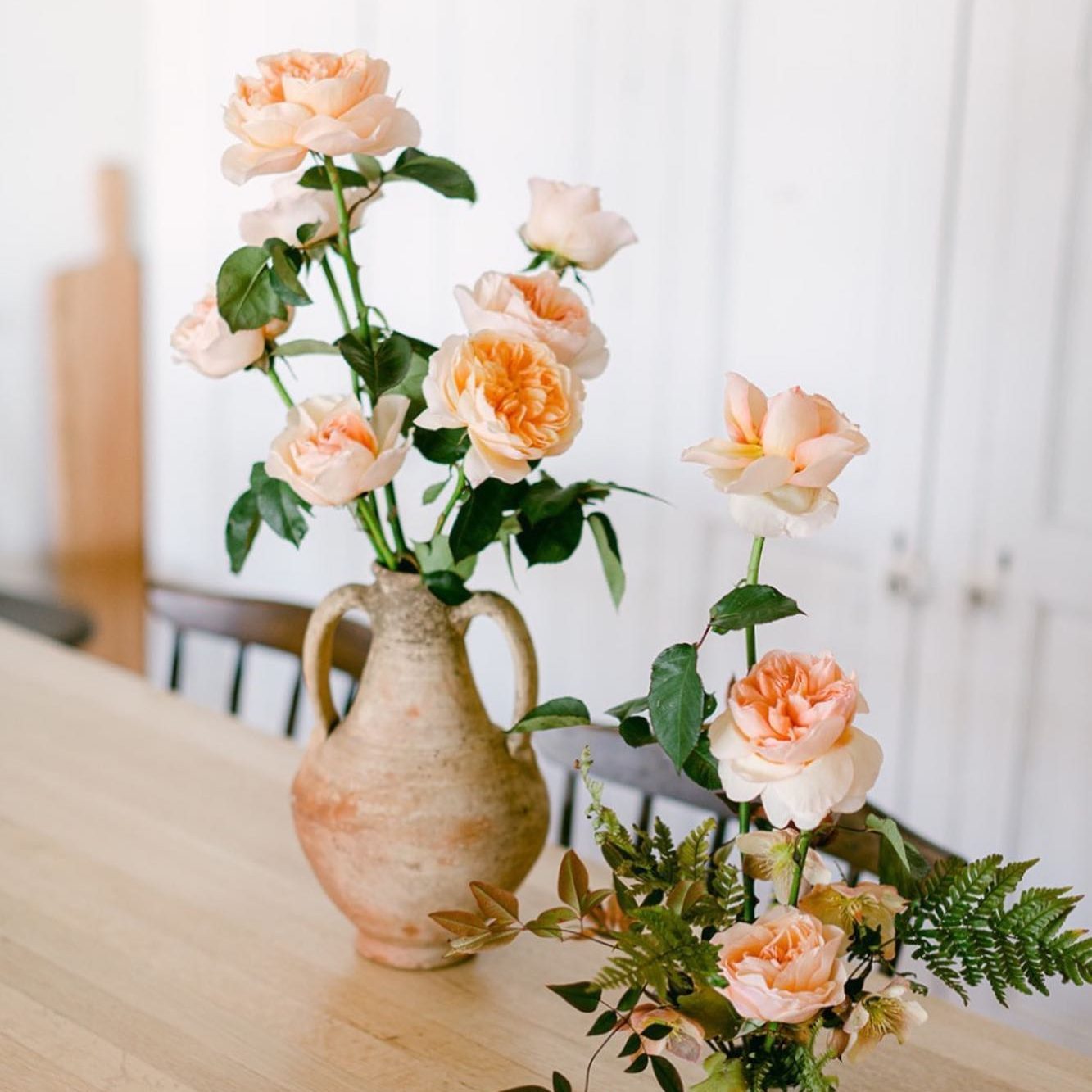
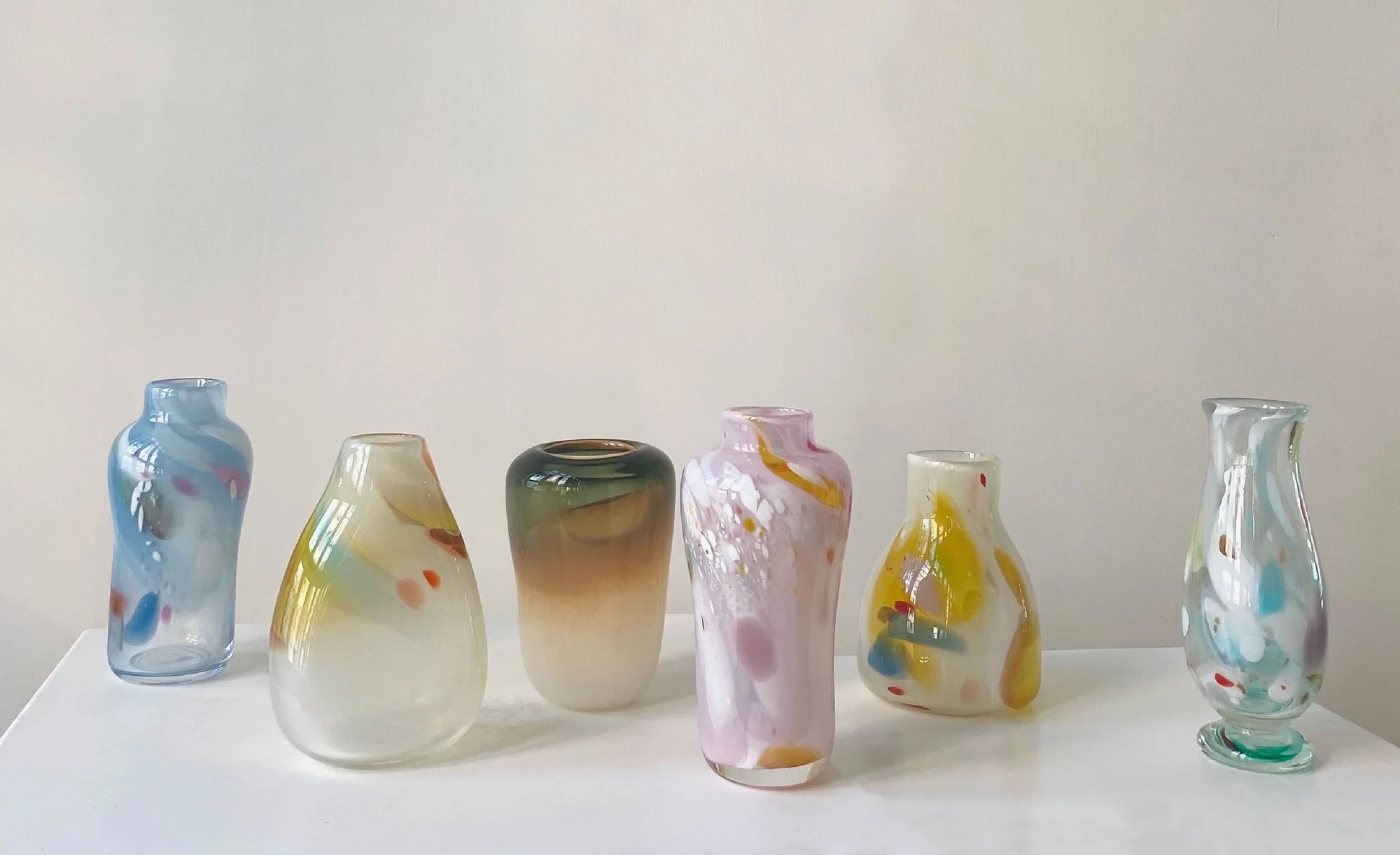
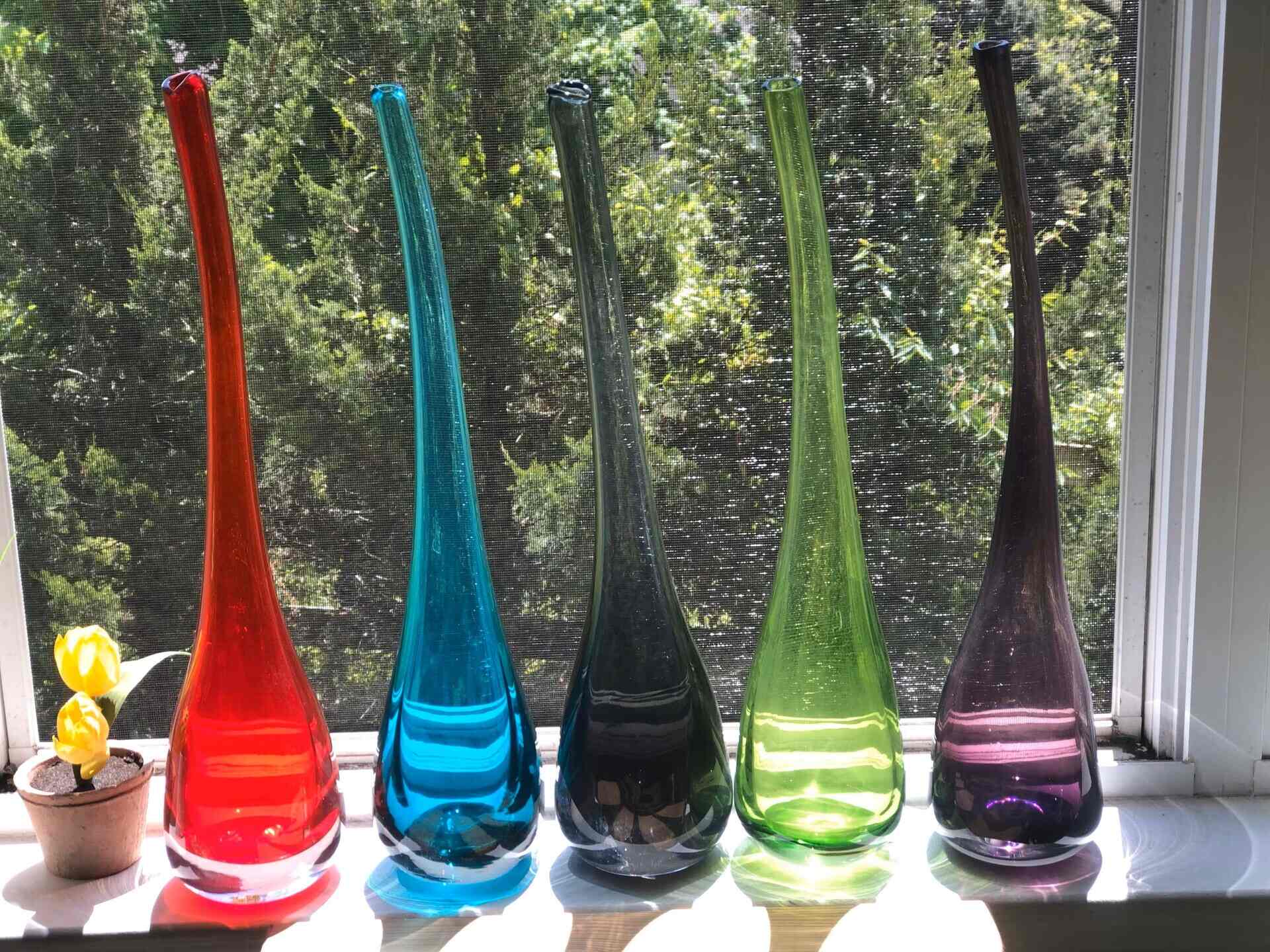

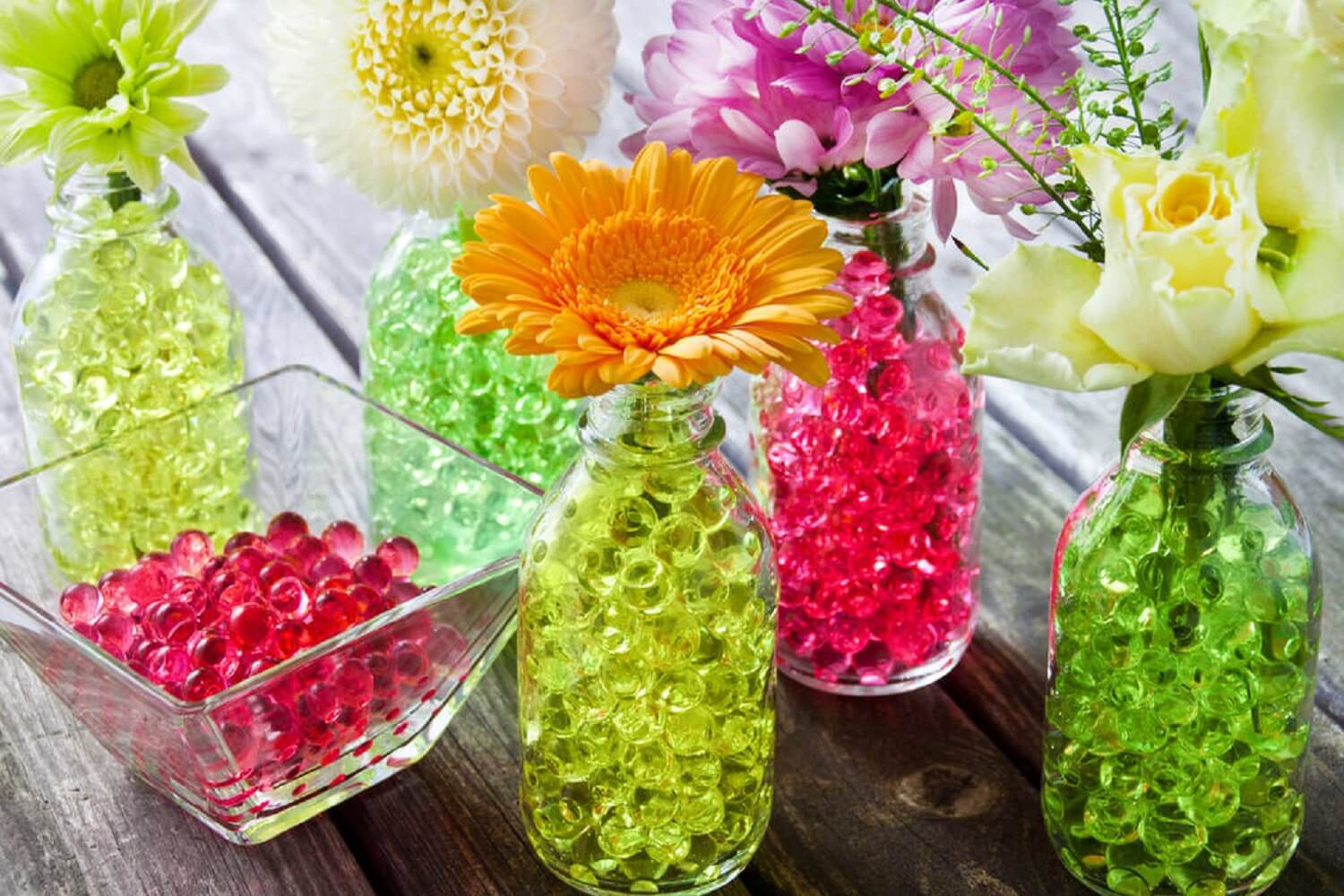
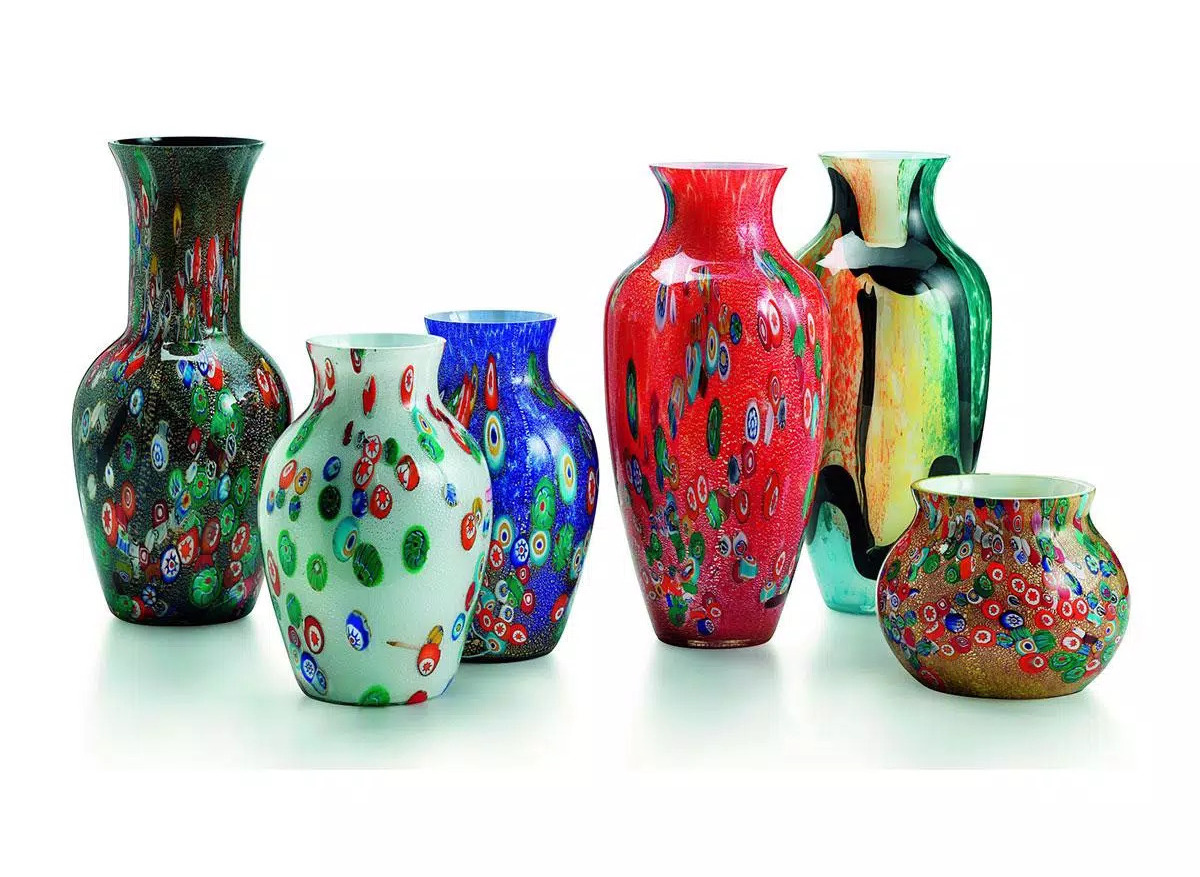
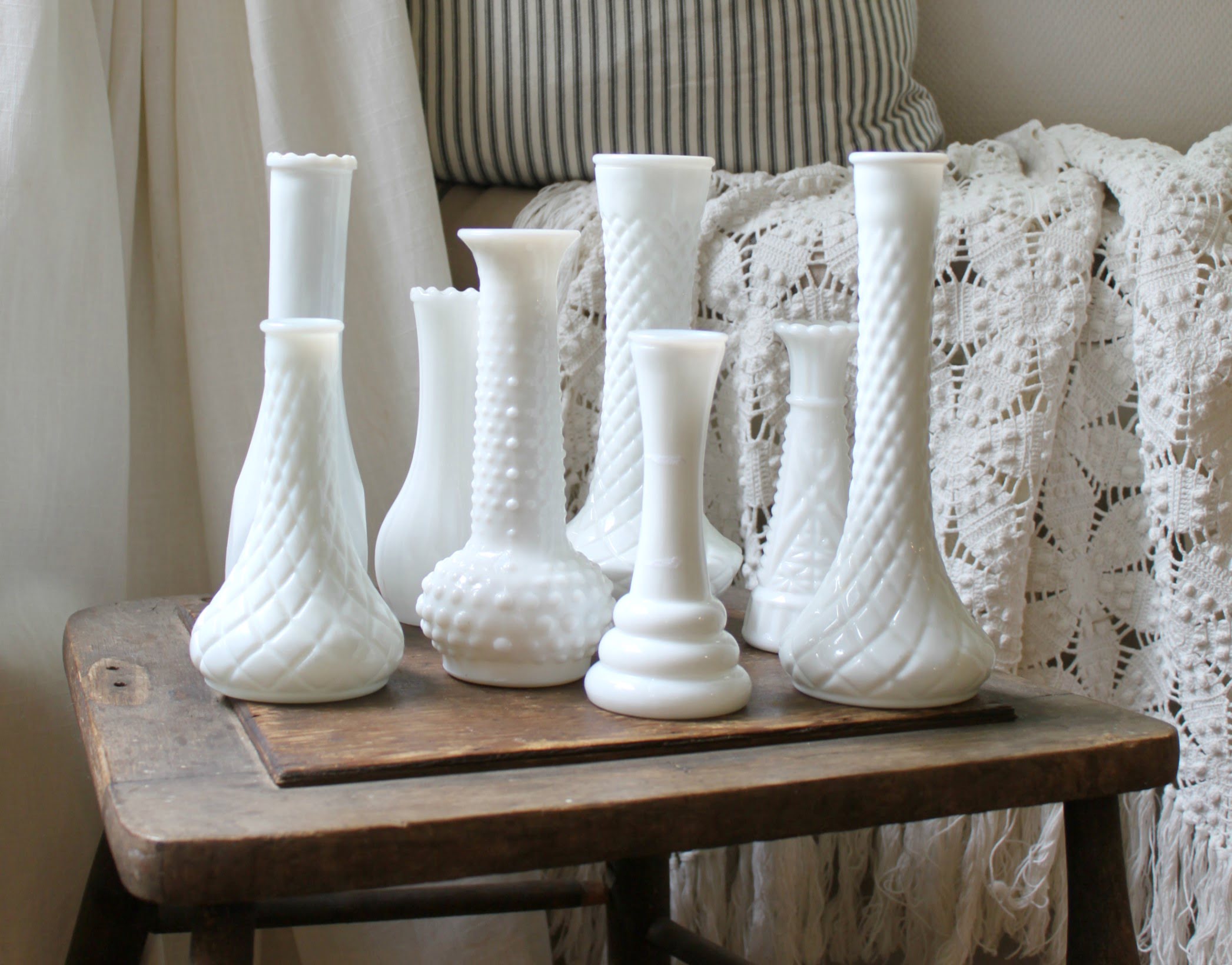

0 thoughts on “How To Store Glass Vases”